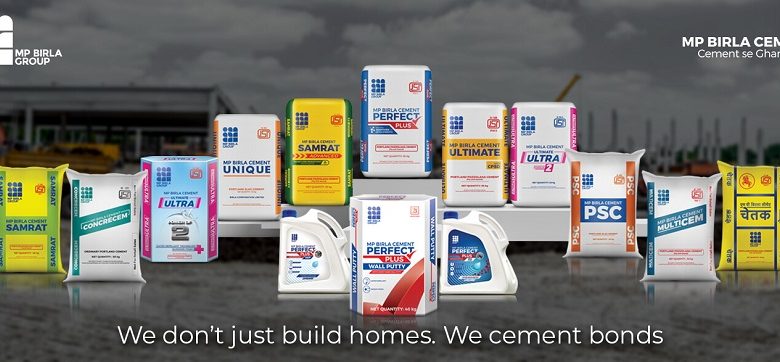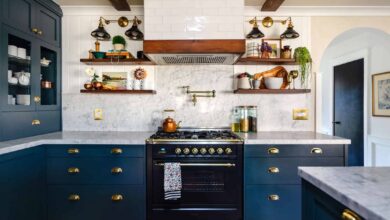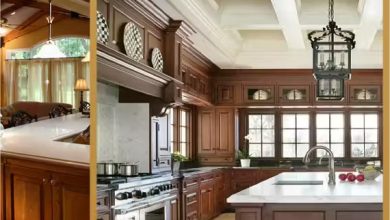Benefits of Blended Cement Used for House Construction

The world is going towards providing a greener environment. With the increasing pollution and climatic change, we must choose natural alternatives. The cement industry plays an essential role in the development of our country. As it finds its application in the making of infrastructure, housing, etc.
There has been a high demand for the usage of blended cement for sustainable development. Blended cement is a replacement for ordinary cement. In India, the use of ordinary portland cement is declining. This is because of the increasing demand for blended cement like PPC, PSC, and composite cement.
What is Blended cement?
The blended cement is the mixture of OPC cement with finely grounded materials like pozzolana and granulated blast furnace slag. Blended cement is an alternative to OPC. Cement production requires an amount of energy and adds to the greenhouse gas emissions. Blended cement is a preferred alternative to it.
Why Blended cement is used?
Using Blended cement controls alkane reaction-aggregate adding to the durability and strength of the concrete. This cement provides higher resistance to chemical attacks. In the initial stage, the strength of blended cement is low but sets faster because of blended cement. Fewer cracks in construction due to lower hydration heat and a low corrosion rate. Thus, increasing the life of the infra-structures in aggressive environments also. Therefore, reducing the maintenance costs for home buyers. It gives a better finishing and a smooth texture to the structures.
The blended cement has a lower water-cement ratio during the construction process. Hence, saving water for a sustainable environment. Using blended cement enhances its performance. So, a greener choice as compared to other ordinary cement. It reduces the clinker factor contributing to a safer and healthier environment. It finds its suitable place in the construction of dams and spillways. Both PPC & PSC cement find their application in marine, coastal and sub-coastal environments. This cement is environment-friendly and cost-effective. It leads to lesser pollutants and carbon emissions to the external environment.
Ideal structures made from Blended cement are as follows:
- Indira Gandhi national center for the Arts, Delhi
- Fly-overs on Ring road in Delhi
- By-pass Bridge over Ganga, Allahabad
- Flyovers for municipal corporations, Mumbai and Ahmedabad
- Delhi high court, Delhi
- Embassies in Delhi-USSR, Austrian and Turkish
- Computer Laboratory, Indian Agricultural Research Institute, Pusa, Delhi
- Mangalore Harbour project, Mangalore
- Naval Jetty, Cochin
- Pushpanjali shopping center, Hyderabad
- Bongaigaon Refinery, Assam
- Salai project, Jammu
- 500 MW unit of Tata Electric Companies, Mumbai
MP Birla Portland Slag cement –
MP Birla Portland Slag cement is an eco-friendly cement. It has better resistance to alkali-silica reaction. It has good compatibility with all kinds of admixtures and low heat of hydration. For concrete constructions, PSC is a preferred choice and infra-structure projects also.
MP Birla PPC cement –
MP Birla PPC cement is a fly-ash blended cement. Portland Pozzolana cement is an environment-friendly option, having better sulfate resisting properties. MP Birla cement ultimate is the premium PPC cement made with Controlled Particle Size Distribution technology. Therefore, it ensures fast, strong, and long-lasting construction.
So, choose a blended cement from MP Birla, which contributes to a safe environment. Blended cement is good for you as well as for nature. The advantages of blended cement exceed the benefits of ordinary cement. The vision of MP Birla cement is to contribute toward a greener, pollution-free environment. Therefore, build your dream home connecting yourself to nature.




